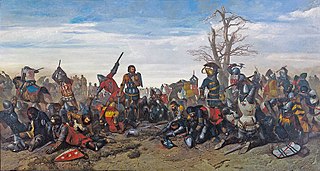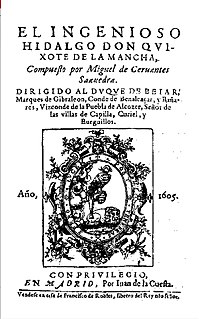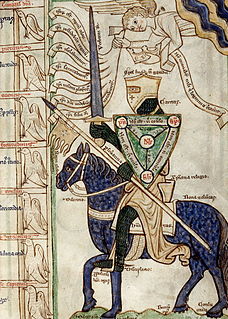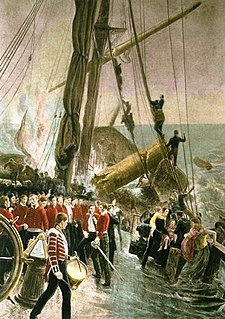 W
WChivalry, or the chivalric code, is an informal and varying code of conduct developed between 1170 and 1220. It was associated with the medieval Christian institution of knighthood; knights' and gentlemen's behaviours were governed by chivalrous social codes. The ideals of chivalry were popularized in medieval literature, particularly the literary cycles known as the Matter of France, relating to the legendary companions of Charlemagne and his men-at-arms, the paladins, and the Matter of Britain, informed by Geoffrey of Monmouth's Historia Regum Britanniae, written in the 1130s, which popularized the legend of King Arthur and his knights of the Round Table. All of these were taken as historically accurate until the beginnings of modern scholarship in the 19th century.
 W
WThe accolade was the central act in the rite of passage ceremonies conferring knighthood in the Middle Ages. From about 1852, the term accolade was used much more generally to mean "praise" or "award" or "honour".
 W
WThe Combat of the Thirty, occurring on 26 March 1351, was an episode in the Breton War of Succession fought to determine who would rule the Duchy of Brittany. It was an arranged fight between selected combatants from both sides of the conflict, fought at a site midway between the Breton castles of Josselin and Ploërmel among 30 champions, knights, and squires on each side. The challenge was issued by Jean de Beaumanoir, a captain of Charles of Blois supported by King Philip VI of France, to Robert Bemborough, a captain of Jean de Montfort supported by Edward III of England.
 W
WThe Ingenious Gentleman Don Quixote of La Mancha, or just Don Quixote, is a Spanish novel by Miguel de Cervantes. It was originally published in two parts, in 1605 and 1615. A founding work of Western literature, it is often labeled as the first modern novel and is considered one of the greatest works ever written. Don Quixote also holds the distinction of being one of the most-translated books in the world.
 W
WThe Handbook of a Christian Knight, sometimes translated as The Manual of a Christian Knight or The Handbook of the Christian Soldier, is a work written by Dutch scholar Erasmus of Rotterdam in 1501, and was first published in English in 1533 by William Tyndale.
 W
WHastilude is a generic term used in the Middle Ages to refer to many kinds of martial games. The word comes from the Latin hastiludium, literally "lance game". By the 14th century, the term usually excluded tournaments and was used to describe the other games collectively; this seems to have coincided with the increasing preference for ritualistic and individualistic games over the traditional mêlée style.
 W
WThe miles Christianus or "miles Christi" is a Christian allegory based on New Testament military metaphors, especially the Armor of God metaphor of military equipment standing for Christian virtues and on certain passages of the Old Testament from the Latin Vulgate. The plural of Latin miles (soldier) is milites or the collective militia.
 W
WDuring the Middle Ages, Medieval Europe was engaged in constant warfare. European warfare during the Middle Ages was marked by a transformation in the character of warfare from antiquity, changing military tactics, and the role of cavalry and artillery. In addition to military, tactical and technological innovations during this period, chivalric military and religious ideals arose, giving motivation for engagement in the ceaseless warfare. In the Iberian Peninsula, chivalric ideals and institutions would be adopted and exercised with more fervour than anywhere else.
 W
WTirant lo Blanch is a chivalric romance written by the Valencian knight Joanot Martorell, finished posthumously by his friend Martí Joan de Galba and published in the city of Valencia in 1490 as an incunabulum edition. The title means "Tirant the White" and is the name of the romance's main character who saves the Byzantine Empire.
 W
W"Women and children first", known to a lesser extent as the Birkenhead Drill, is a code of conduct dating from 1852, whereby the lives of women and children were to be saved first in a life-threatening situation, typically abandoning ship, when survival resources such as lifeboats were limited. However, it has no basis in maritime law.